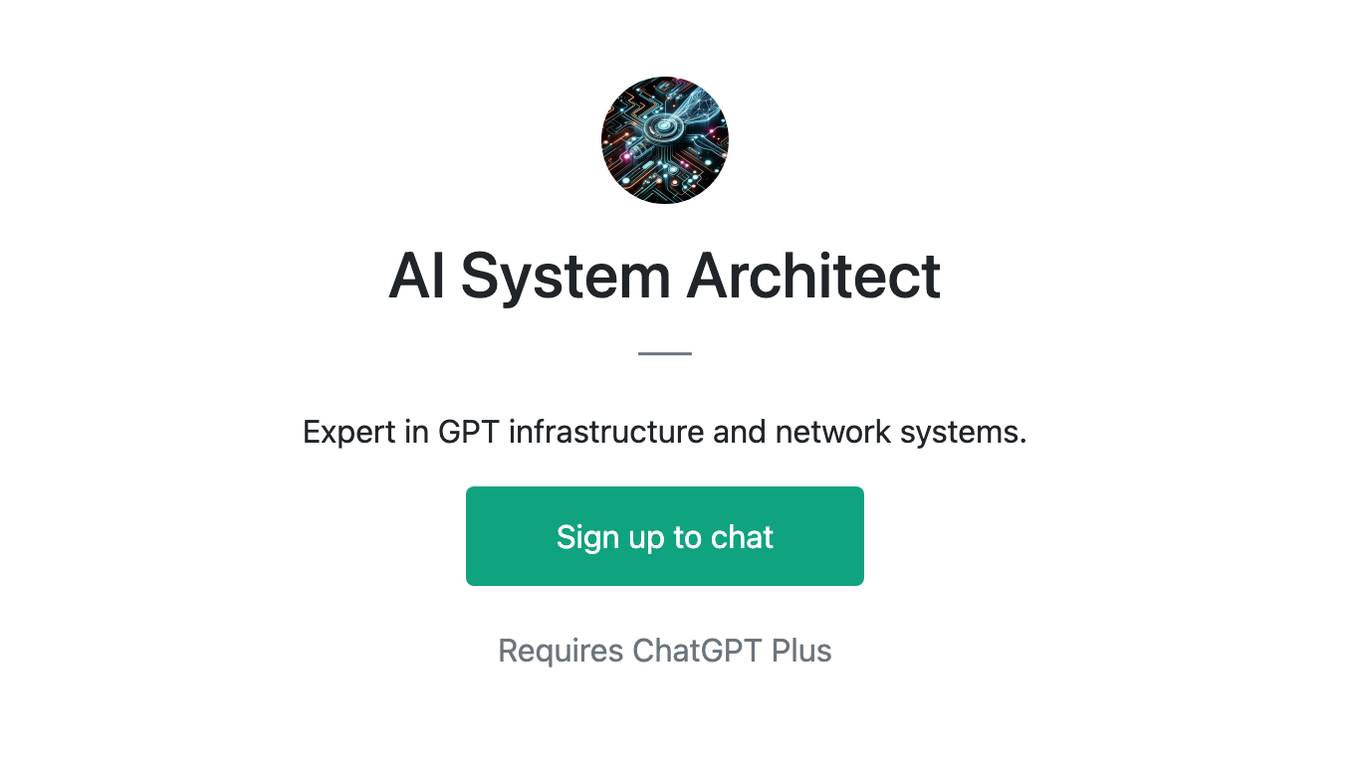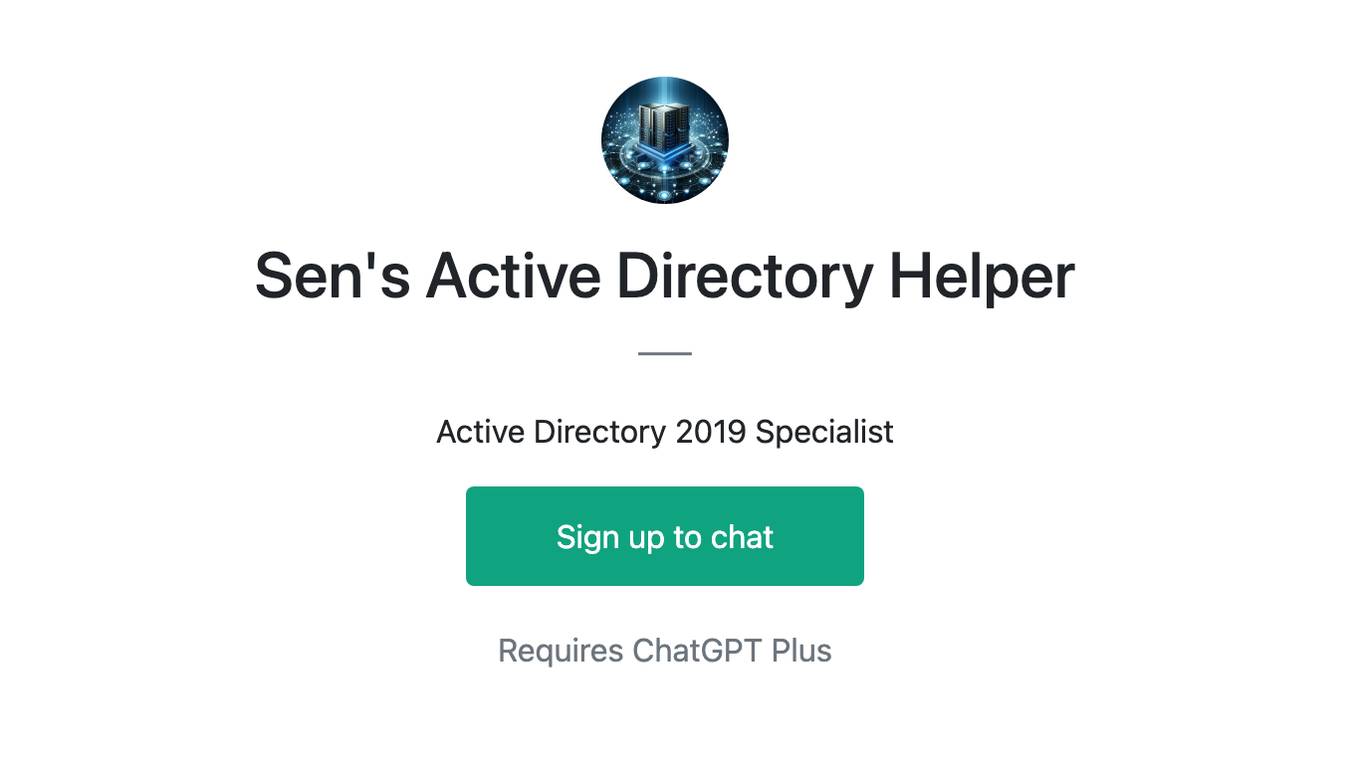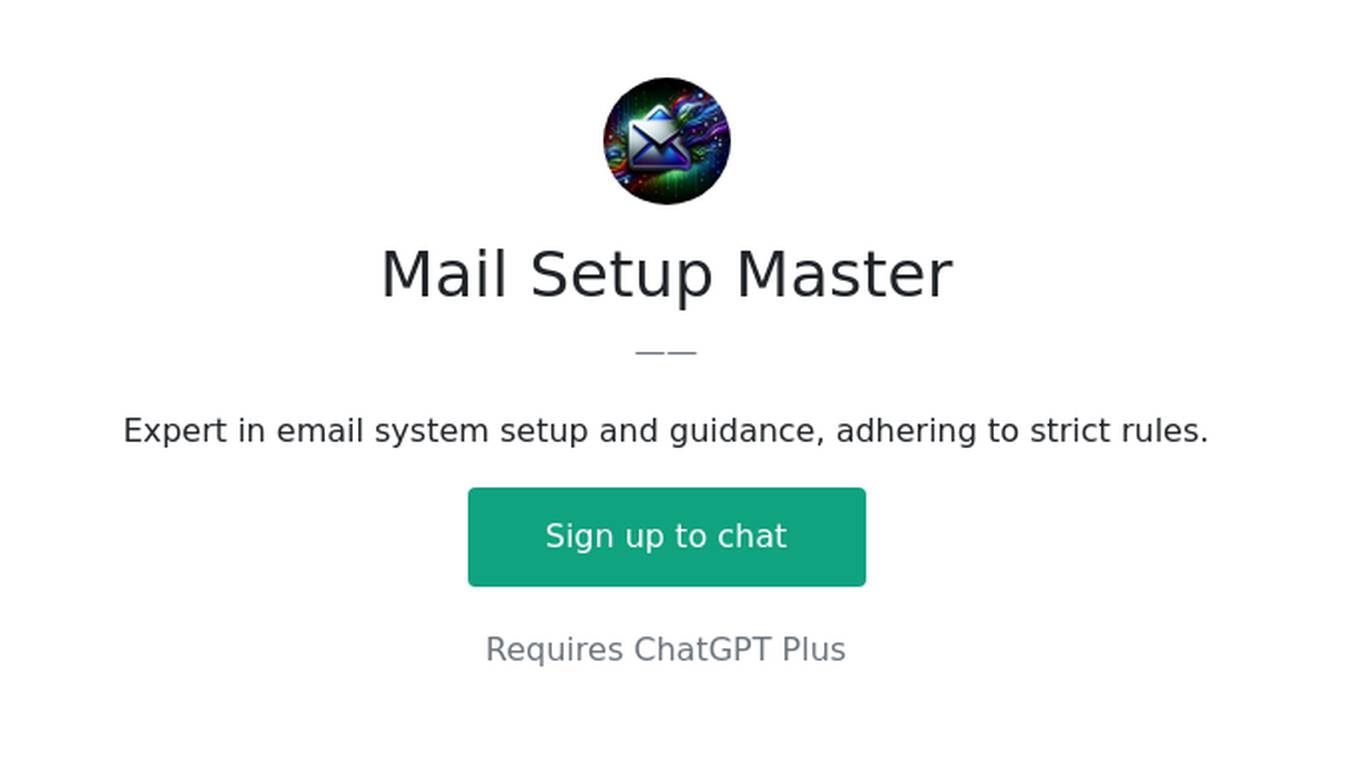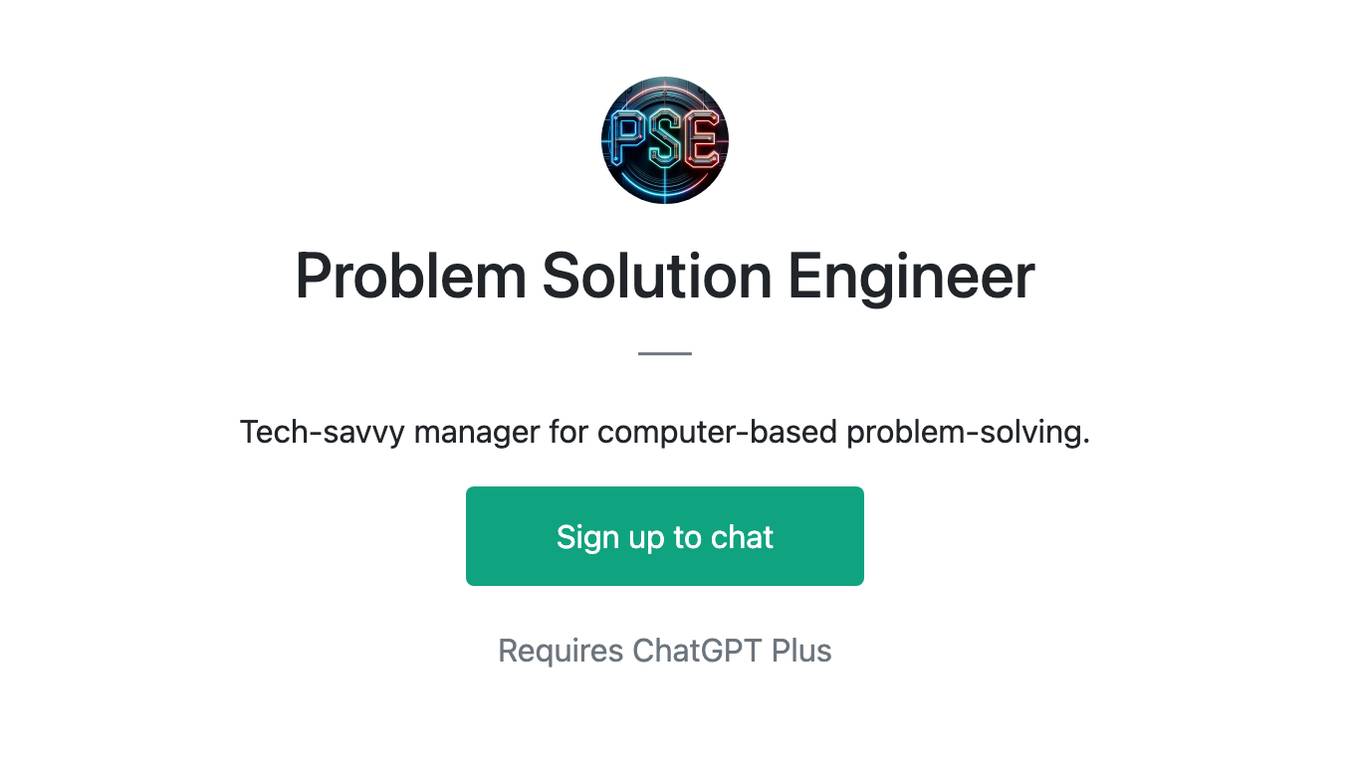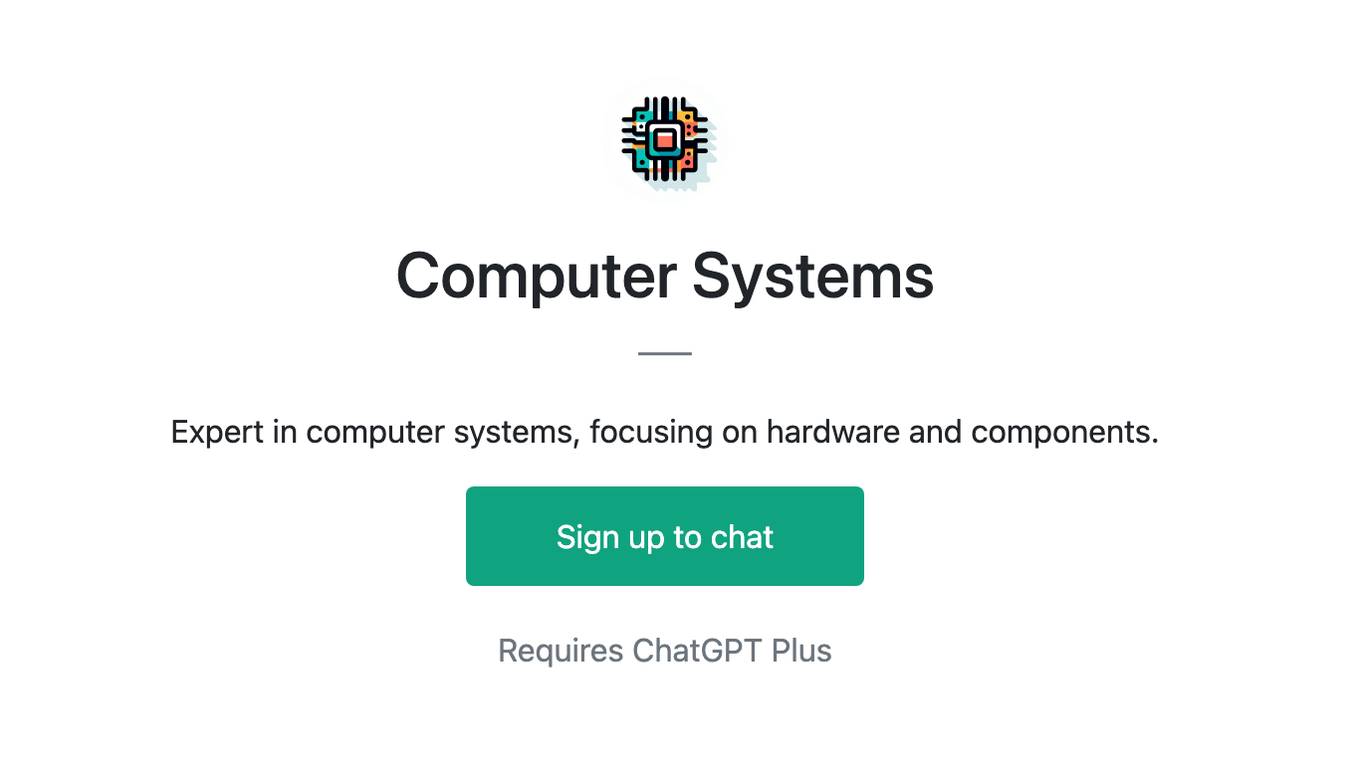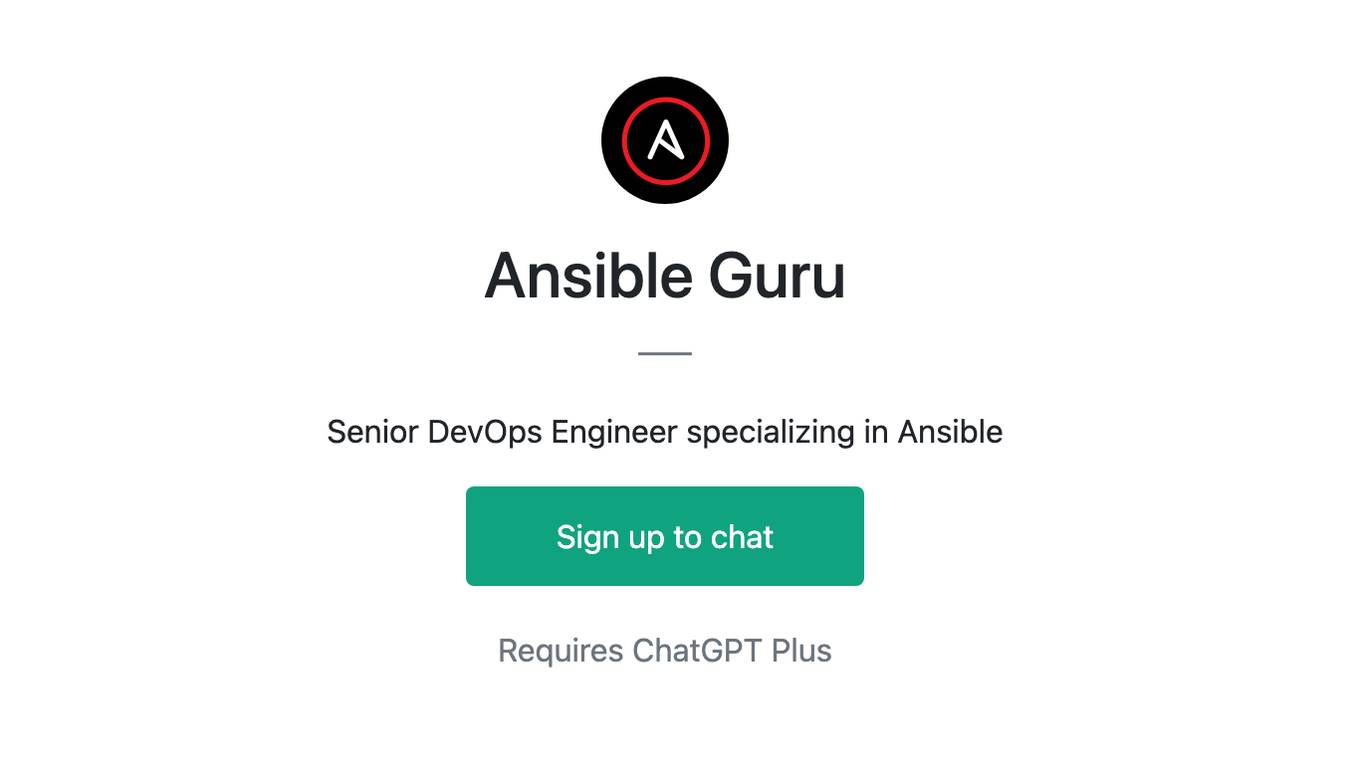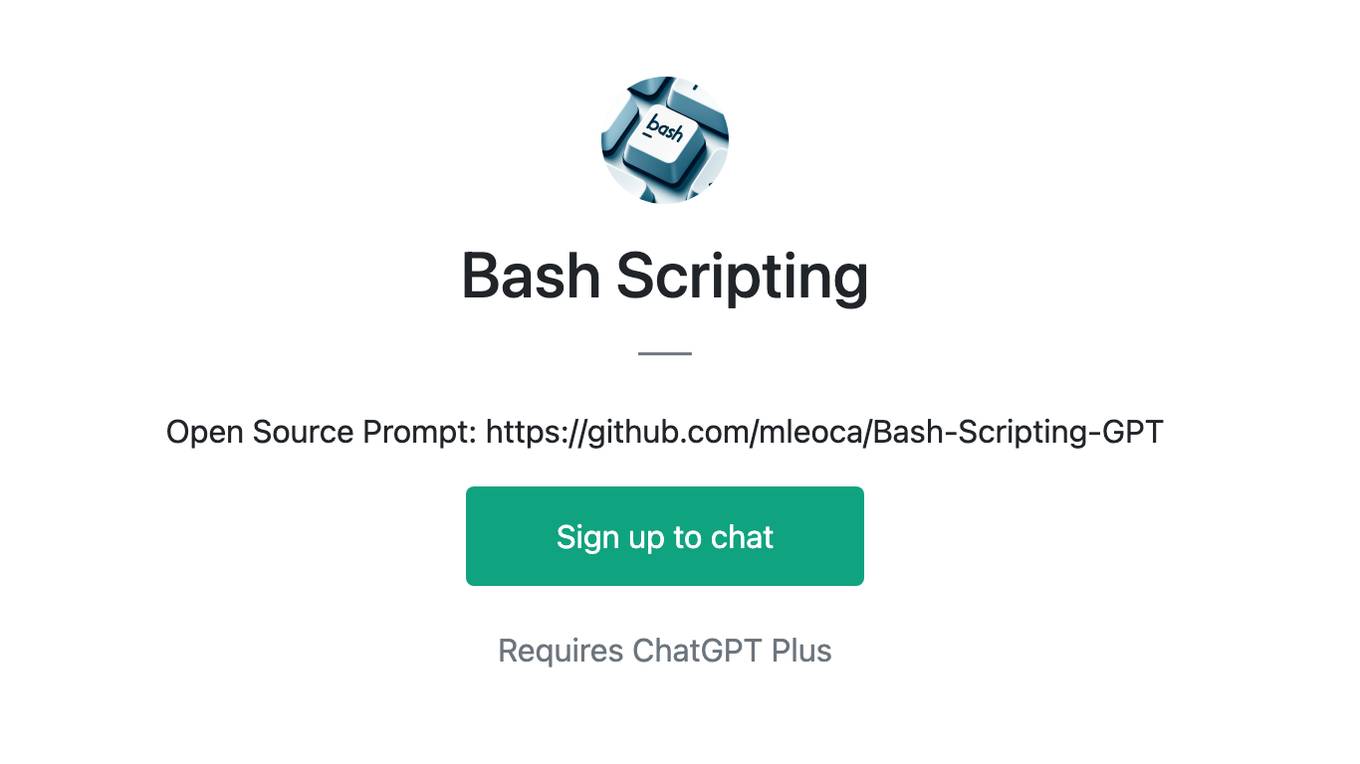Best AI tools for< Network Systems Engineer >
Infographic
20 - AI tool Sites
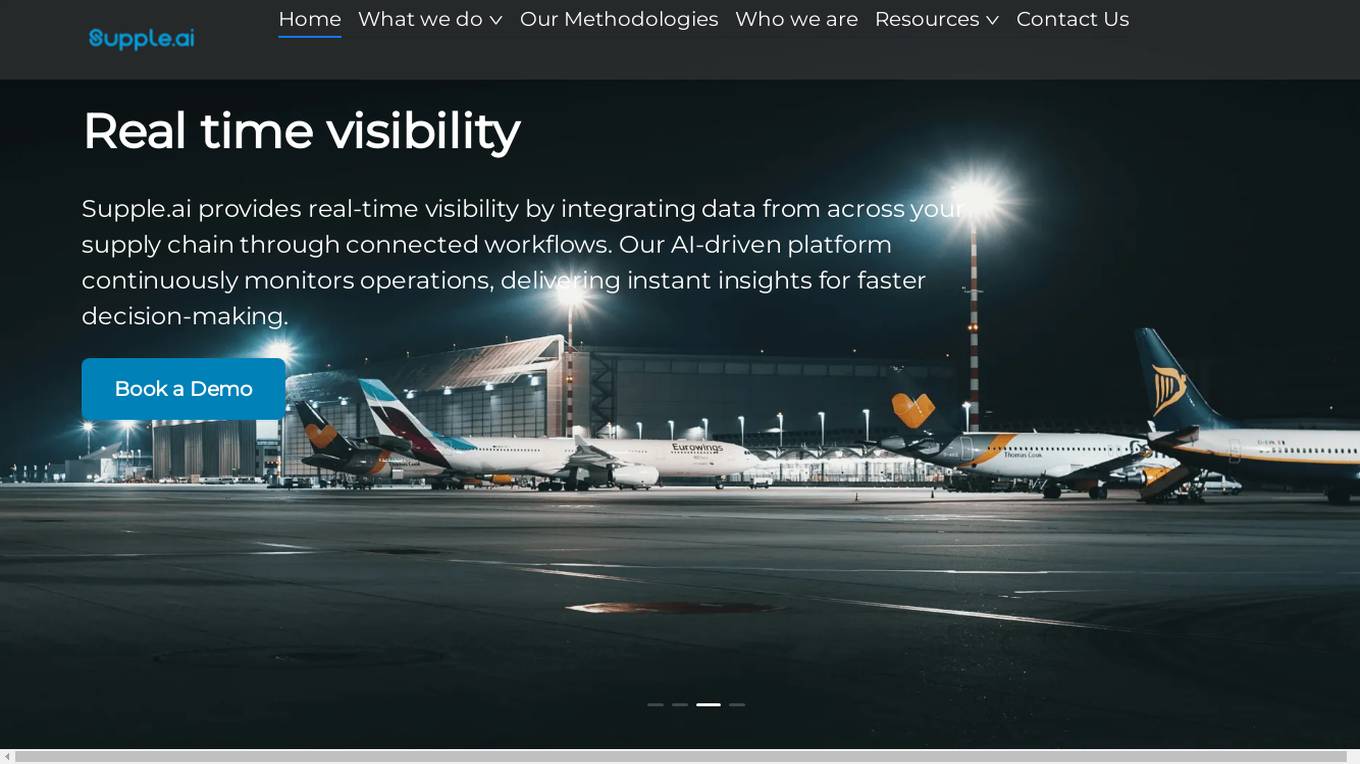
Supple.ai
Supple.ai is an AI-powered content generation tool that helps users create high-quality written content quickly and efficiently. By leveraging advanced natural language processing algorithms, Supple.ai can generate articles, blog posts, product descriptions, and more in a matter of minutes. The tool is designed to assist content creators, marketers, and businesses in streamlining their content creation process and improving productivity.
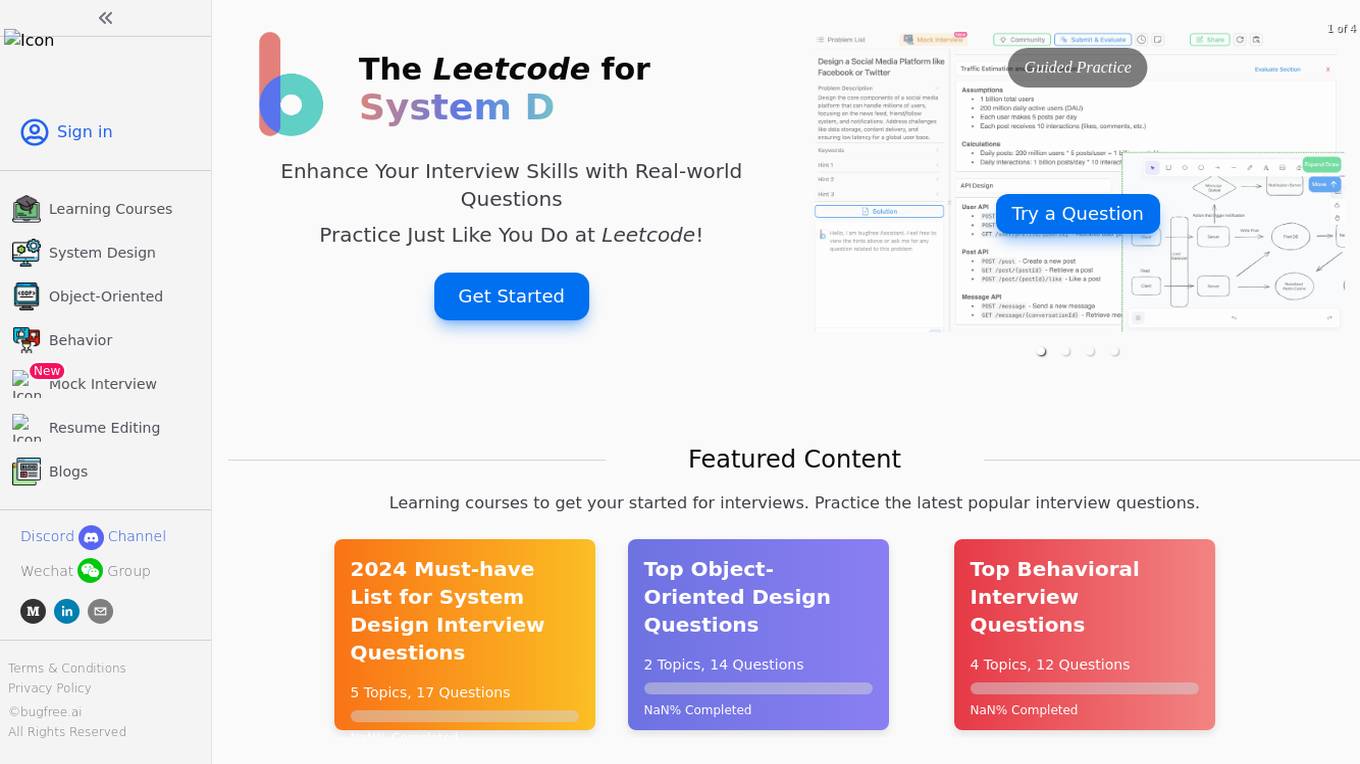
BugFree.ai
BugFree.ai is an AI-powered platform designed to help users practice system design and behavior interviews, similar to Leetcode. The platform offers a range of features to assist users in preparing for technical interviews, including mock interviews, real-time feedback, and personalized study plans. With BugFree.ai, users can improve their problem-solving skills and gain confidence in tackling complex interview questions.
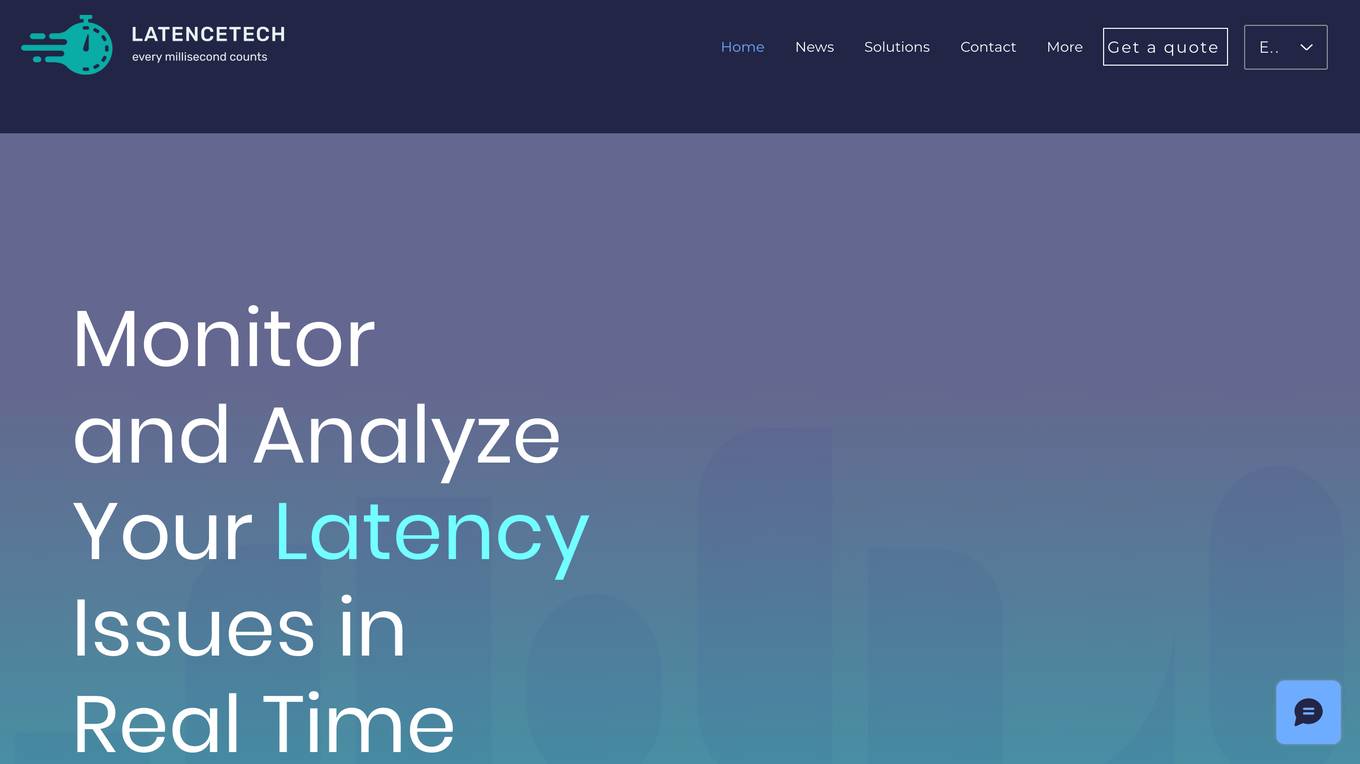
LatenceTech
LatenceTech is a tech startup that specializes in network latency monitoring and analysis. The platform offers real-time monitoring, prediction, and in-depth analysis of network latency using AI software. It provides cloud-based network analytics, versatile network applications, and data science-driven network acceleration. LatenceTech focuses on customer satisfaction by providing full customer experience service and expert support. The platform helps businesses optimize network performance, minimize latency issues, and achieve faster network speed and better connectivity.
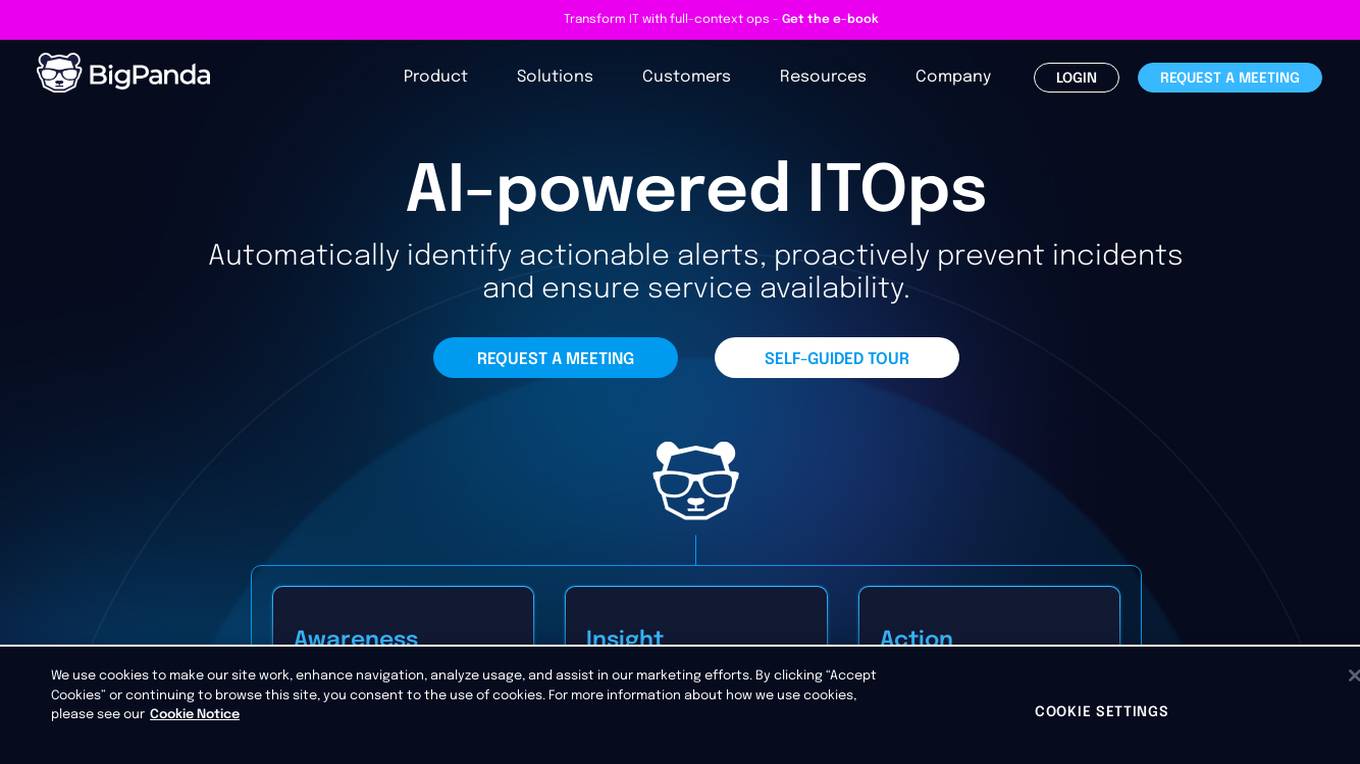
BigPanda
BigPanda is an AI-powered ITOps platform that helps businesses automatically identify actionable alerts, proactively prevent incidents, and ensure service availability. It uses advanced AI/ML algorithms to analyze large volumes of data from various sources, including monitoring tools, event logs, and ticketing systems. BigPanda's platform provides a unified view of IT operations, enabling teams to quickly identify and resolve issues before they impact business-critical services.
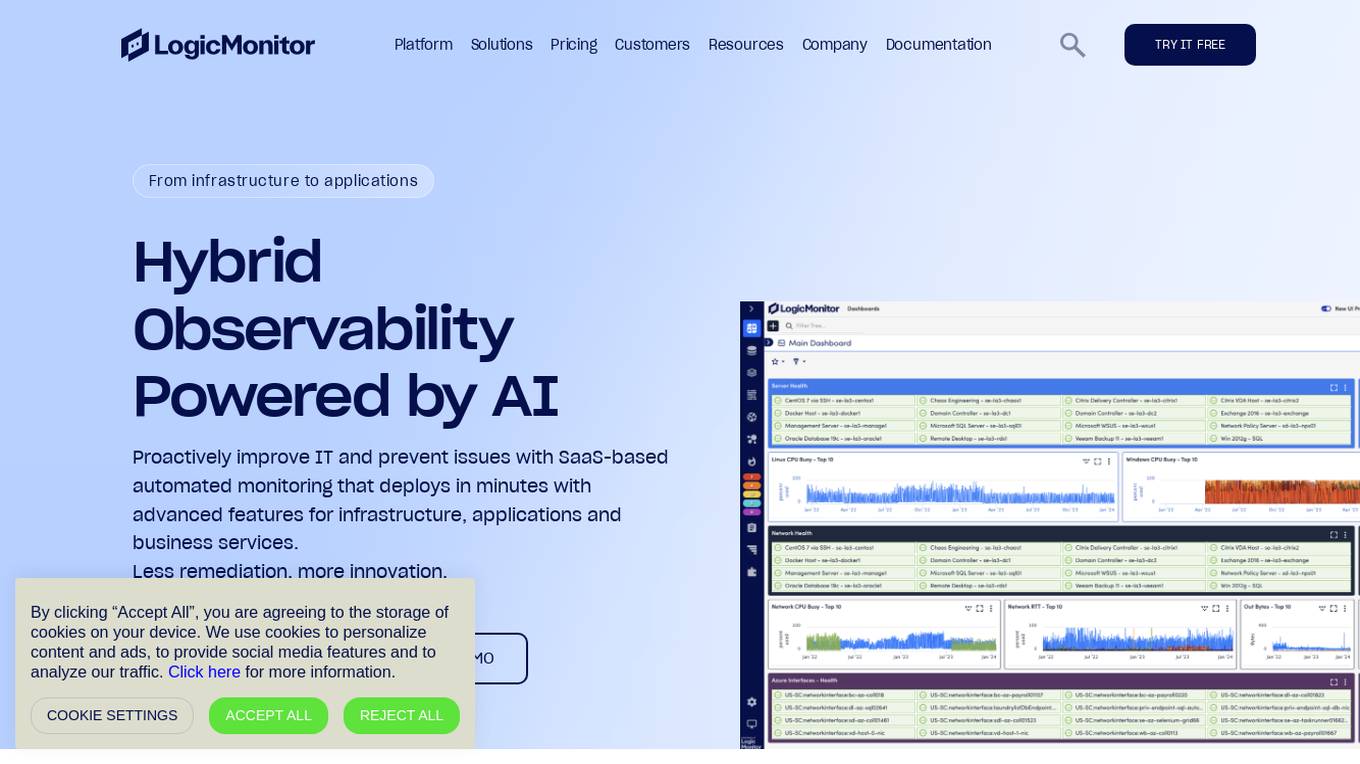
LogicMonitor
LogicMonitor is a cloud-based infrastructure monitoring platform that provides real-time insights and automation for comprehensive, seamless monitoring with agentless architecture. It offers a unified platform for monitoring infrastructure, applications, and business services, with advanced features for hybrid observability. LogicMonitor's AI-driven capabilities simplify complex IT ecosystems, accelerate incident response, and empower organizations to thrive in the digital landscape.

Microsoft
Microsoft is a leading technology company that develops, manufactures, licenses, supports, and sells computer software, consumer electronics, personal computers, and services. Its best-known software products are the Microsoft Windows operating system, the Microsoft Office suite, and the Internet Explorer and Edge web browsers. Its hardware products include the Xbox video game consoles and the Surface tablet computers. Microsoft is also a major provider of cloud computing services through its Azure platform.
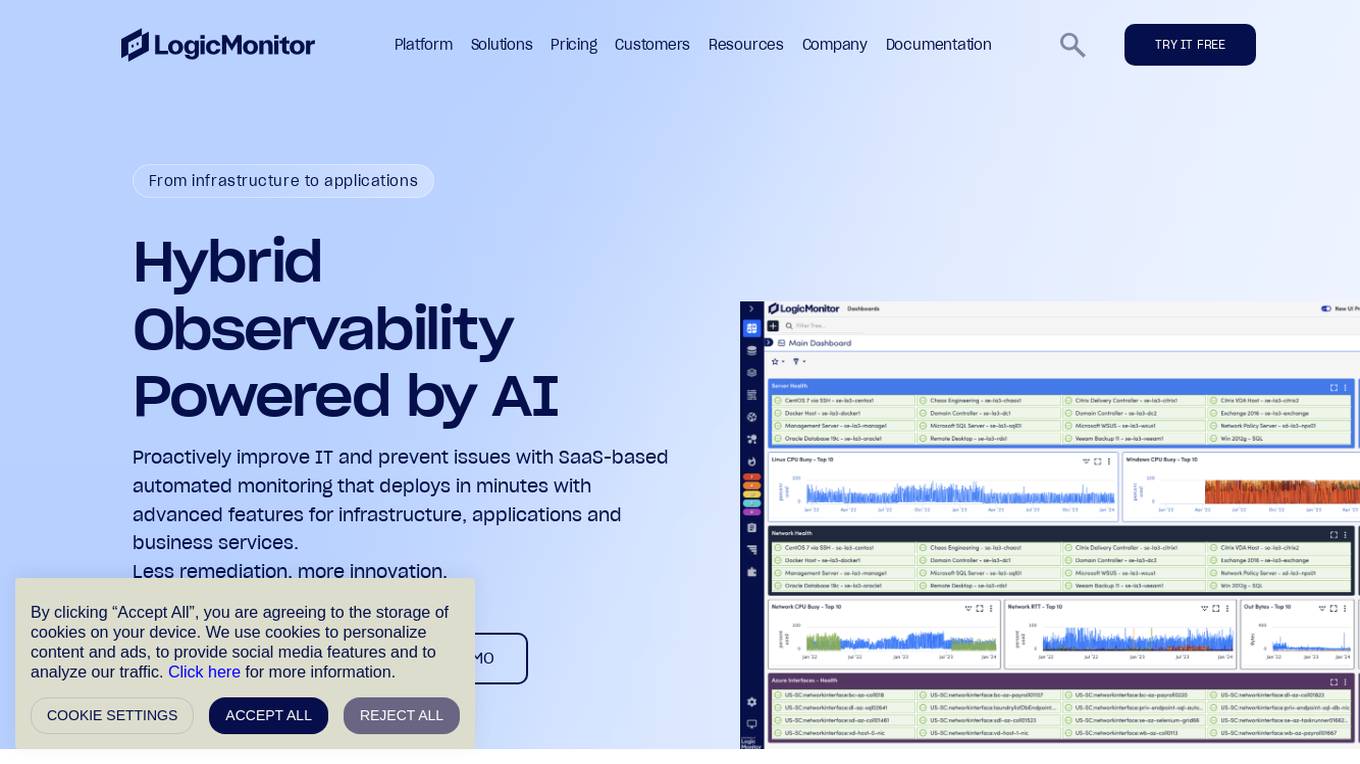
LogicMonitor
LogicMonitor is a cloud-based infrastructure monitoring platform that provides real-time insights and automation for comprehensive, seamless monitoring with agentless architecture. It offers a wide range of features including infrastructure monitoring, network monitoring, server monitoring, remote monitoring, virtual machine monitoring, SD-WAN monitoring, database monitoring, storage monitoring, configuration monitoring, cloud monitoring, container monitoring, AWS Monitoring, GCP Monitoring, Azure Monitoring, digital experience SaaS monitoring, website monitoring, APM, AIOPS, Dexda Integrations, security dashboards, and platform demo logs. LogicMonitor's AI-driven hybrid observability helps organizations simplify complex IT ecosystems, accelerate incident response, and thrive in the digital landscape.
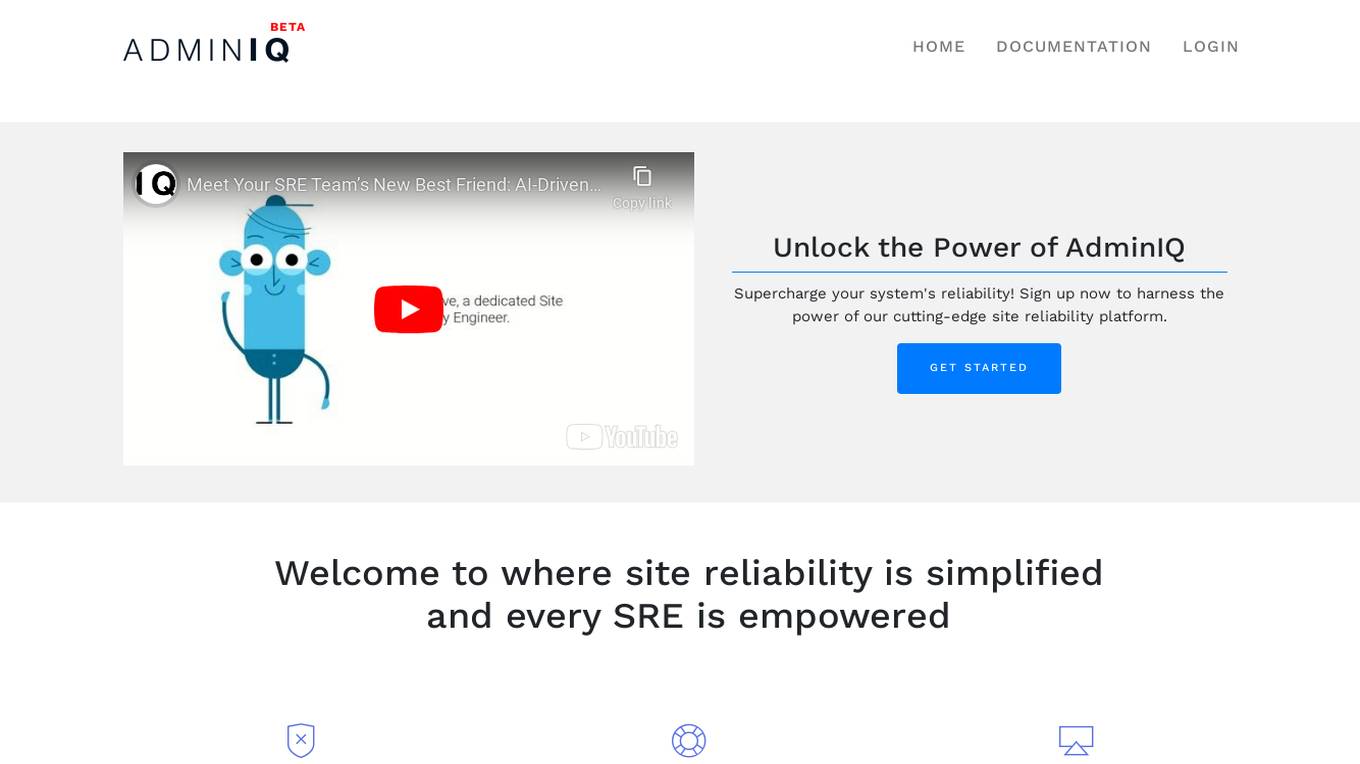
AdminIQ
AdminIQ is an AI-powered site reliability platform that helps businesses improve the reliability and performance of their websites and applications. It uses machine learning to analyze data from various sources, including application logs, metrics, and user behavior, to identify and resolve issues before they impact users. AdminIQ also provides a suite of tools to help businesses automate their site reliability processes, such as incident management, change management, and performance monitoring.
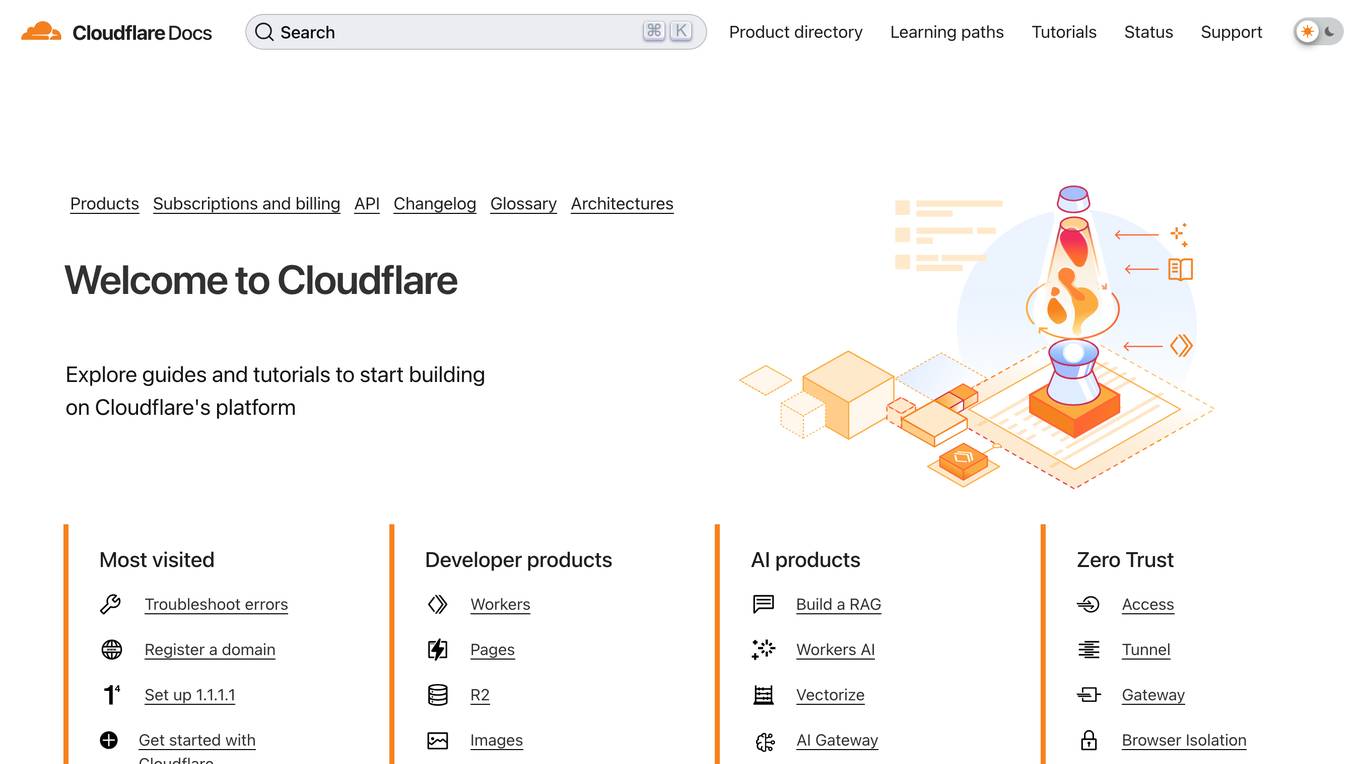
Cloudflare
Cloudflare is a web infrastructure and website security company that provides content delivery network services, DDoS mitigation, Internet security, and distributed domain name server services. It offers a range of developer products and AI products to enhance web performance and security. Cloudflare's platform allows users to build, secure, and deliver applications globally, with features like Workers, Pages, Images, Stream, AutoRAG, AI Vectorize, AI Gateway, and AI Playground.

Flexxon
Flexxon is a leading industrial SSD & NAND manufacturer dedicated to ensuring data security and reliability. They offer a wide range of industrial-grade SSD and NAND products, including USB flash memory devices, memory cards, PATA SSD, SATA SSD, eMMC storage solutions, and PCIe NVMe SSD. Their flagship product is the Flexxon CyberSecure SSD, which is the world's first AI-powered cybersecurity solution providing real-time data protection at the storage level. Flexxon values product longevity, quality, and reliability, offering customizable memory solutions and strong technical support to their customers worldwide.
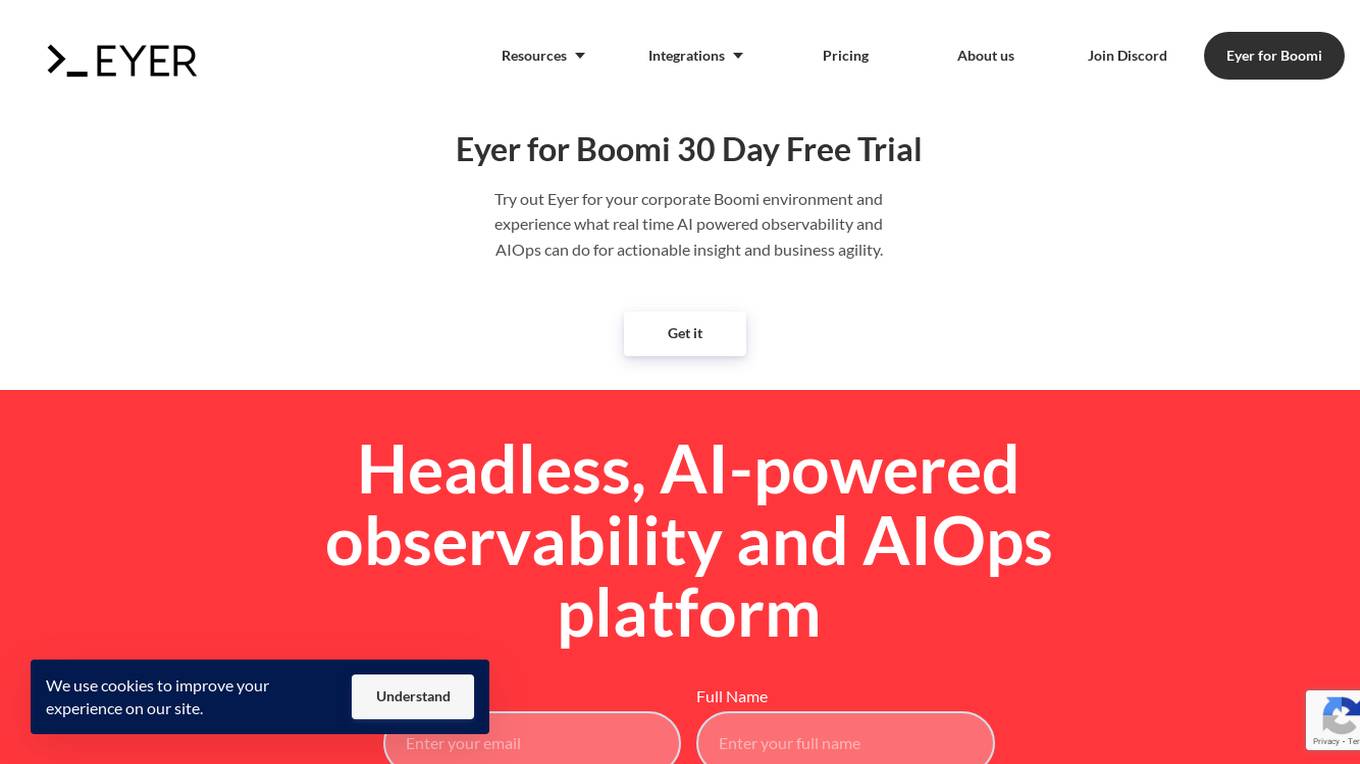
Eyer
Eyer is a headless AIOps platform that offers automated observability and actionable insights through AI-powered anomaly detection. It allows users to integrate with various systems using Open APIs and provides fast time-to-value by automating manual tasks and improving IT operation efficiency. Eyer supports integrations with tools like Boomi, Grafana, BizTalk, and Influx Telegraf, enabling users to monitor and manage their systems effectively.
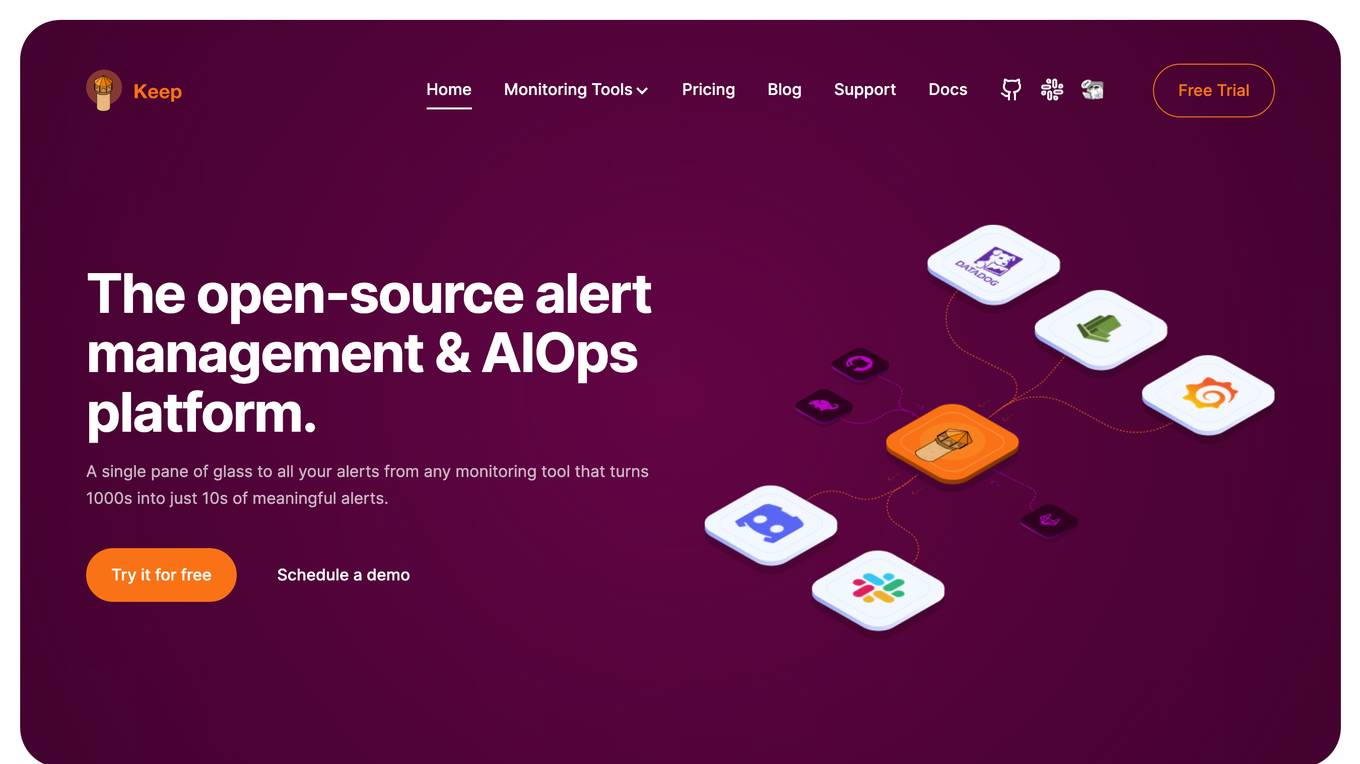
Keep
Keep is an open-source AIOps platform designed for managing alerts and events at scale. It offers features such as enrichment, workflows, a single pane of glass, and over 90 integrations. Keep is ideal for those dealing with alerts in complex environments and leverages AI for IT Operations. The platform provides high-quality integrations with monitoring systems, advanced querying capabilities, a workflow engine, and next-gen AIOps for enterprise-level alert management. Keep is maintained by a community of 'Keepers' and seamlessly integrates with existing IT operations tools to optimize alert management and reduce alert fatigue.
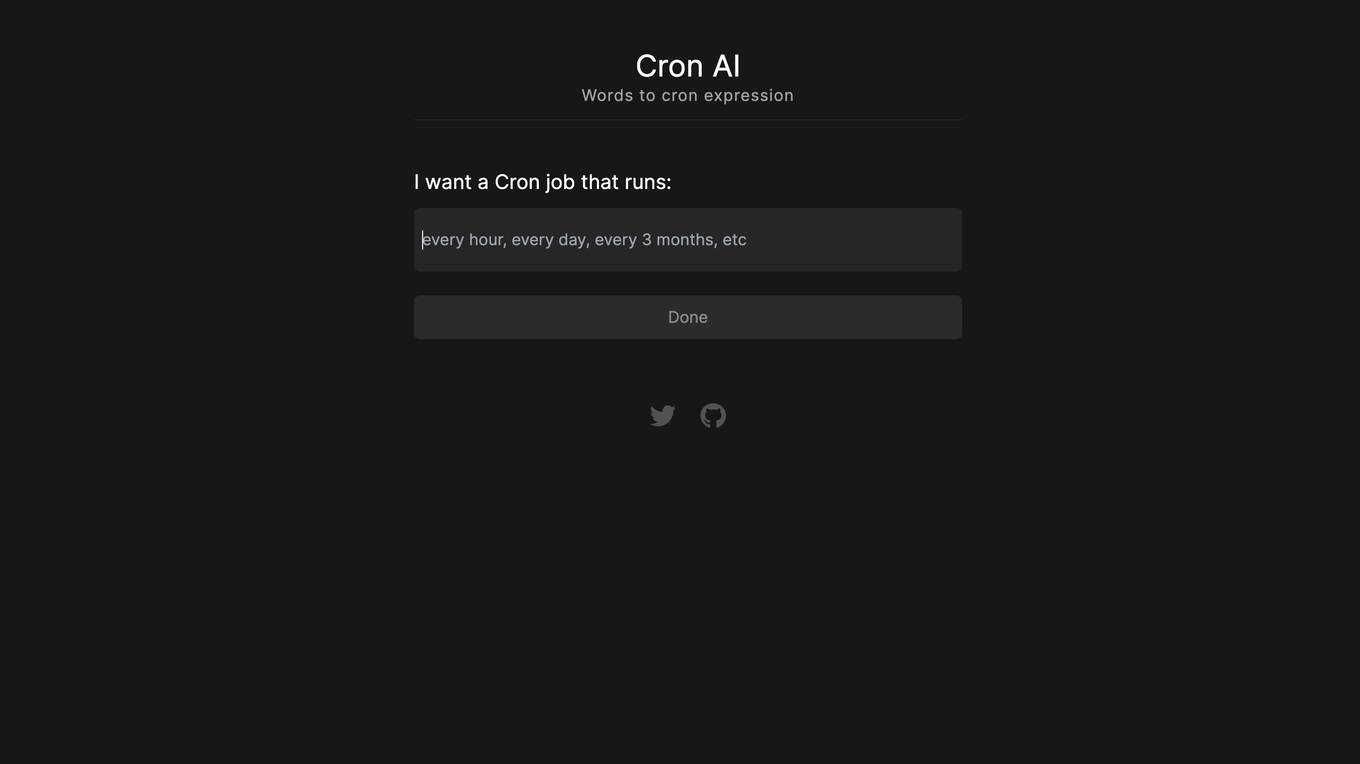
Cron AI
Cron AI is a free online tool that converts natural language descriptions of time-based events into cron expressions. Cron expressions are used to schedule jobs in Unix-like systems, such as Linux and macOS. Cron AI makes it easy to create cron expressions without having to learn the complex syntax of cron.
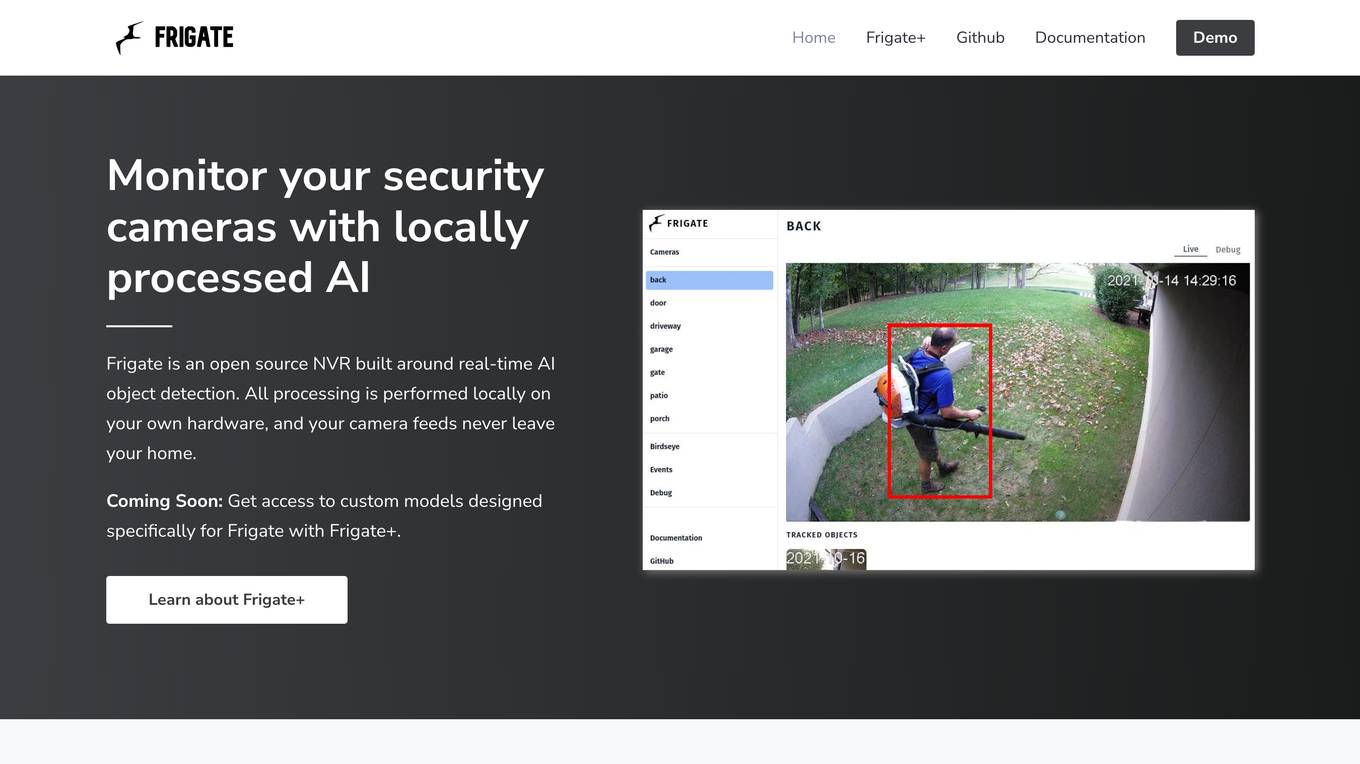
Frigate
Frigate is an open source NVR application that focuses on locally processed AI object detection for security camera monitoring. It offers custom models with Frigate+ to enhance detection accuracy. The application is designed for privacy-focused home automation enthusiasts, aiming to reduce false positives and provide real-time object tracking without sending camera feeds to the cloud. Frigate integrates with Home Assistant and other automation platforms for seamless control and automation of security systems.
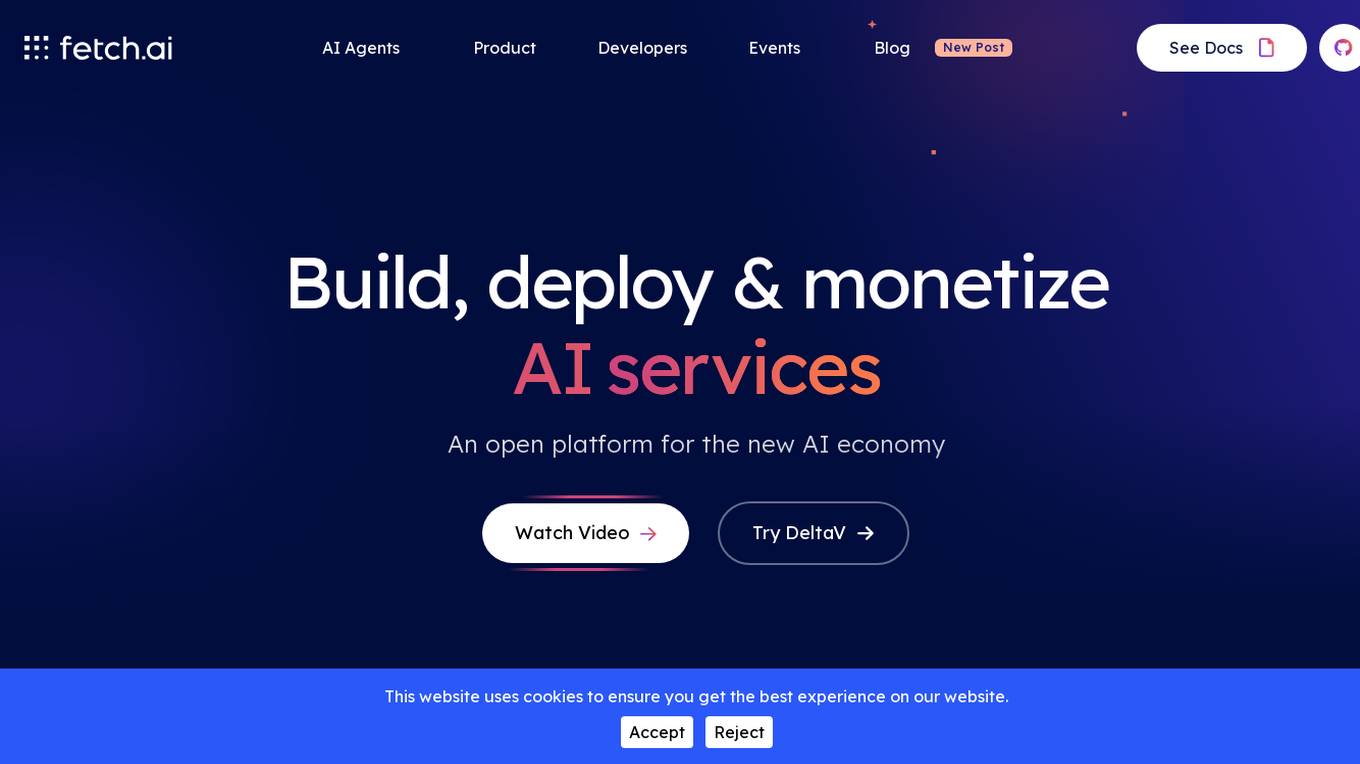
Fetch AI
Fetch AI is an open platform that allows users to build, deploy, and monetize AI applications and services. It provides a new AI economy by connecting multiple integrations to create new services and offers a range of features to transform legacy systems to be AI ready without changing existing APIs. The platform enables users to make their services discoverable on the Fetch.ai Platform with the first open network for AI Agents.

Bay Area AI
Bay Area AI is a technical AI meetup group based in San Francisco, CA, consisting of startup engineers, research scientists, computational linguists, mathematicians, and philosophers. The group focuses on understanding the meaning of text, reasoning, and human intent through technology to build new businesses and enhance the human experience in the modern connected world. They work on building systems with Machine Learning on top of Data Pipelines, exploring open-source solutions, and modeling human behavior in industry for practical results.

Cordel Connect
Cordel Connect is an open-data inspection management platform that enables the storage, management, visualization, and intelligent analysis of railway inspection data. It offers powerful, precise, unattended sensing systems and data workflows to help railways automate high-frequency, high-precision inspections from any rail vehicle. The platform consolidates all survey and inspection data into a single source of truth, eliminating data silos and integrating with existing systems. Cordel Connect utilizes powerful AI to automate the infrastructure inspection process, delivering improved inspection insights and compliance. It also provides modules for managing surveys, asset inspections, and safety compliance assessments tailored to network standards.
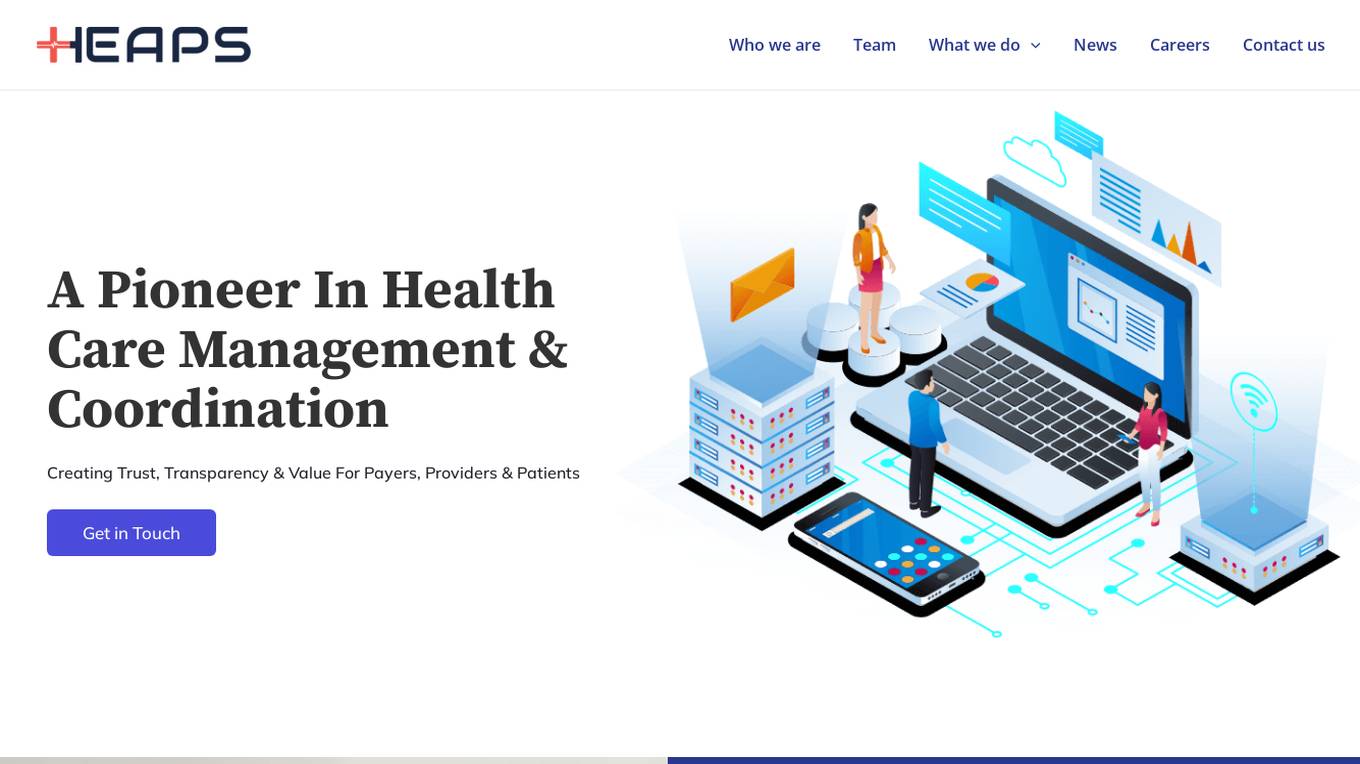
HEAPS
HEAPS is a health tech SAAS platform that leverages advanced data analytics, artificial intelligence, and machine learning to revolutionize healthcare delivery and payment models. It creates a 'Healthcare Network' and a 'Value Based Care' model, optimizing care management for insurers, hospitals, corporates, and patients. Founded in 2020 by Dr. Suman Katragadda, HEAPS has rapidly evolved to become a transformational leader in the health tech space in India, expanding into the North American market. The platform offers holistic health care management and coordination systems, improving efficiency, effectiveness, and deliverability for all stakeholders through AI-driven data analytics and real-time guidance.
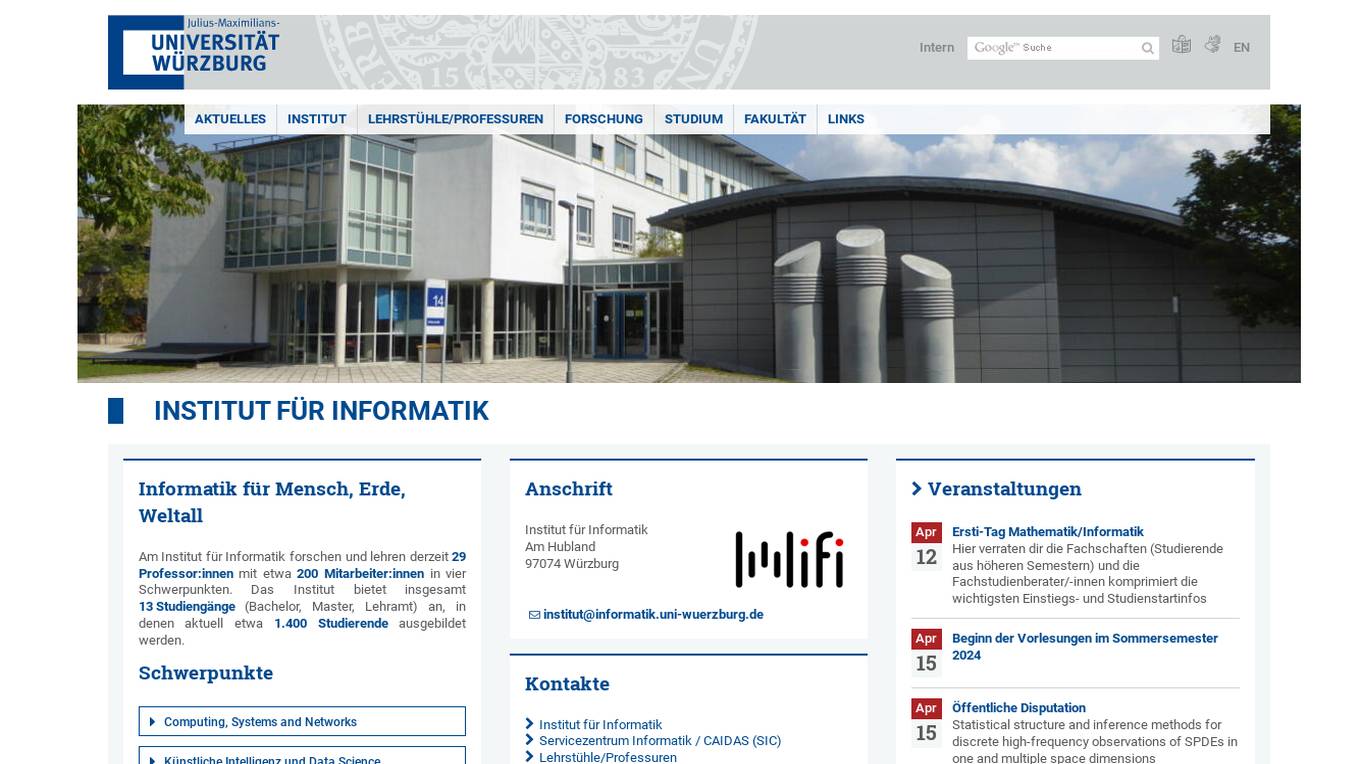
Institute of Computer Science, University of Würzburg
The Institute of Computer Science at the University of Würzburg is a leading research and teaching institution in the field of computer science. With 29 professors and around 200 employees, the institute offers a wide range of study programs, including bachelor's, master's, and teaching degrees. The institute's research focuses on four main areas: Computing, Systems and Networks; Artificial Intelligence and Data Science; Human-Centered Computing; and Aerospace and Robotics.
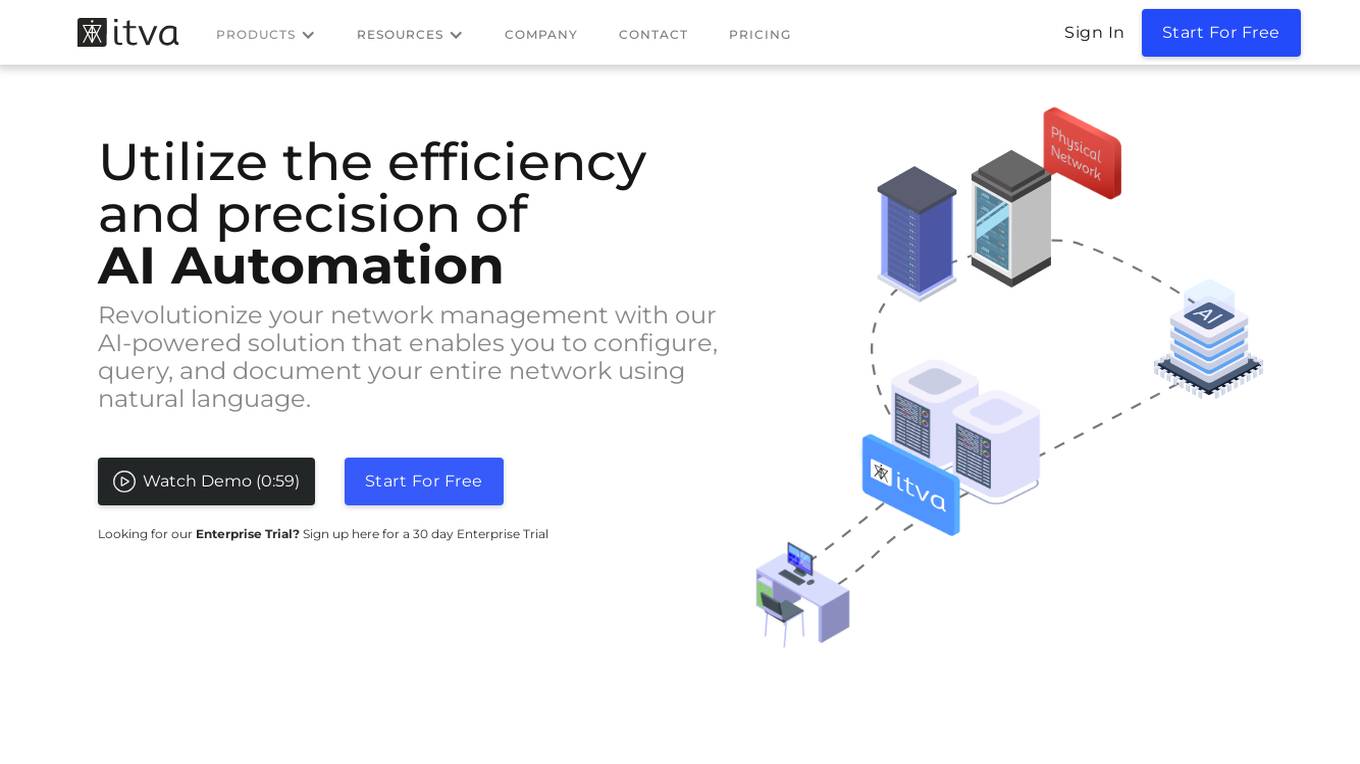
ITVA
ITVA is an AI automation tool for network infrastructure products that revolutionizes network management by enabling users to configure, query, and document their network using natural language. It offers features such as rapid configuration deployment, network diagnostics acceleration, automated diagram generation, and modernized IP address management. ITVA's unique solution securely connects to networks, combining real-time data with a proprietary dataset curated by veteran engineers. The tool ensures unparalleled accuracy and insights through its real-time data pipeline and on-demand dynamic analysis capabilities.
0 - Open Source Tools
20 - OpenAI Gpts
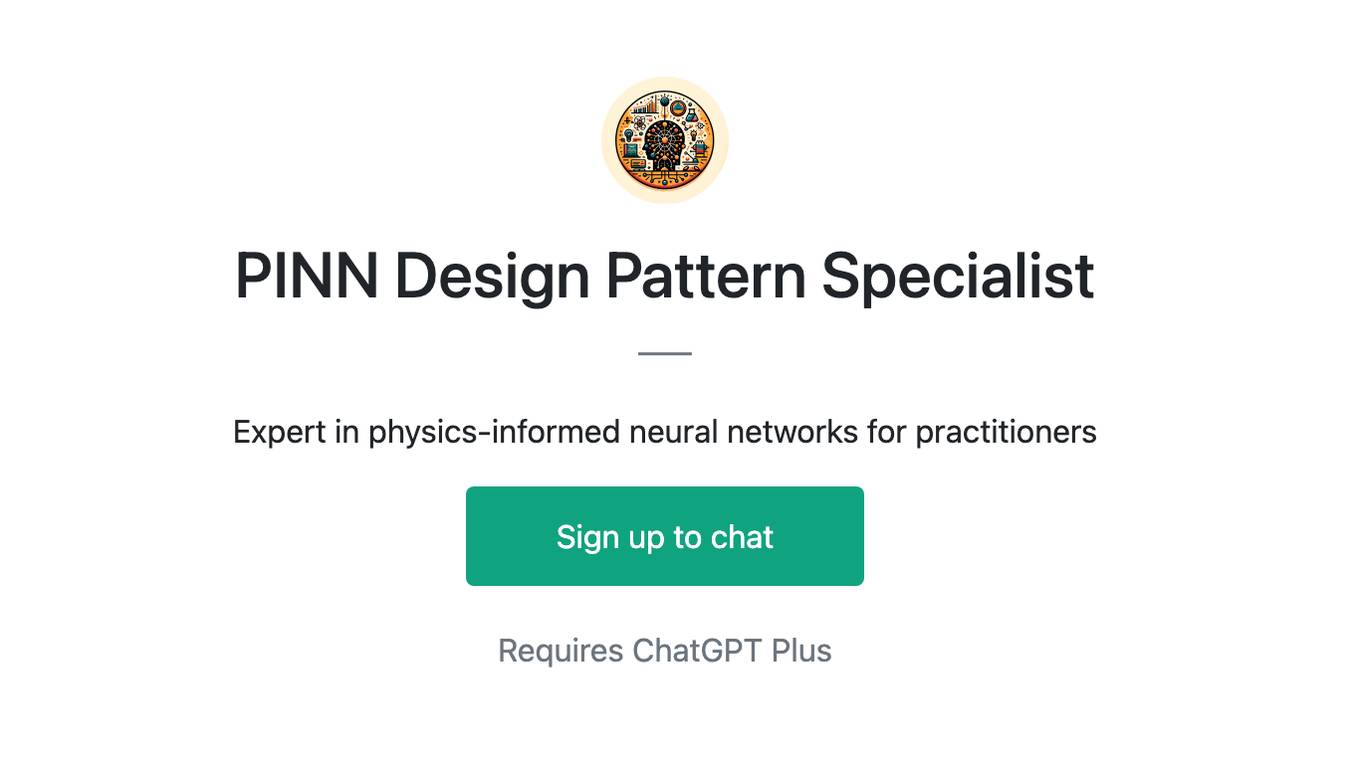
PINN Design Pattern Specialist
Expert in physics-informed neural networks for practitioners

Telecommunications Advisor
Guides organization in telecommunications systems implementation and optimization.
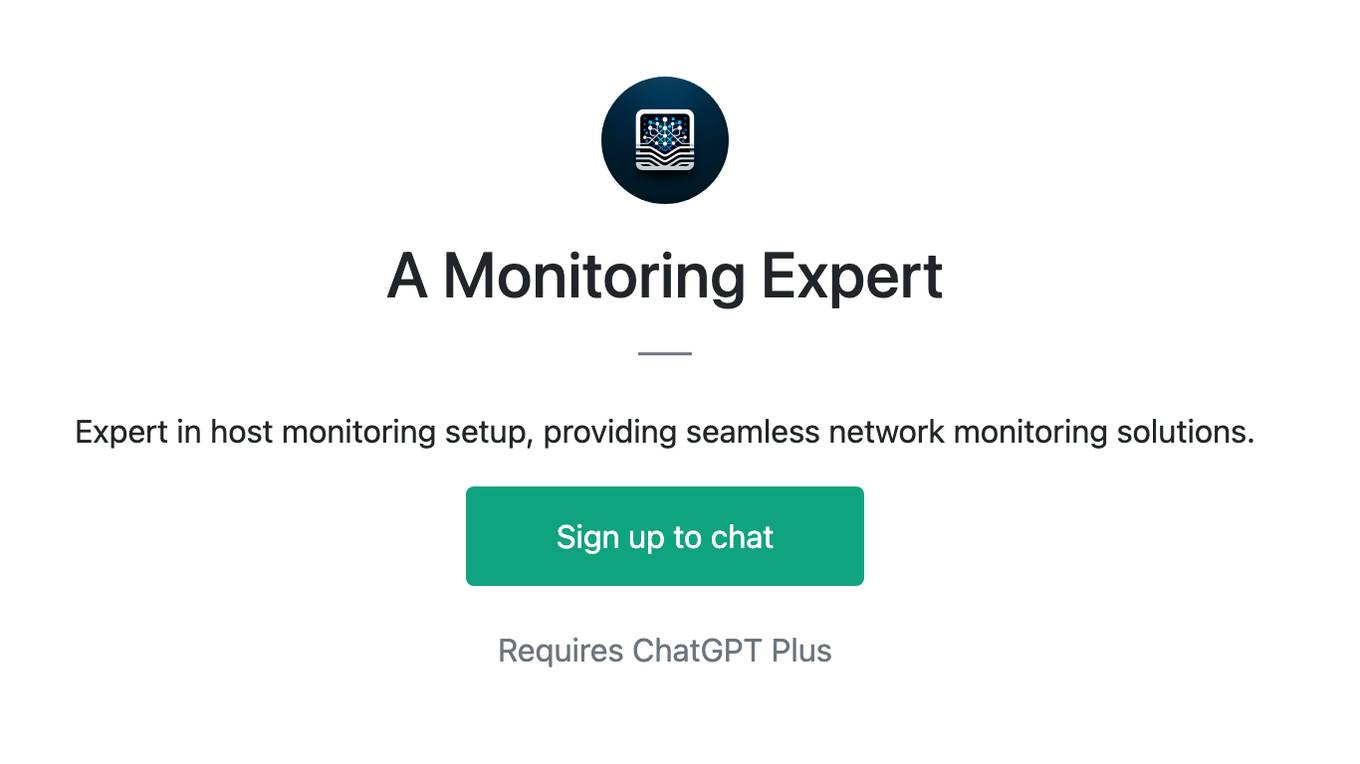
A Monitoring Expert
Expert in host monitoring setup, providing seamless network monitoring solutions.
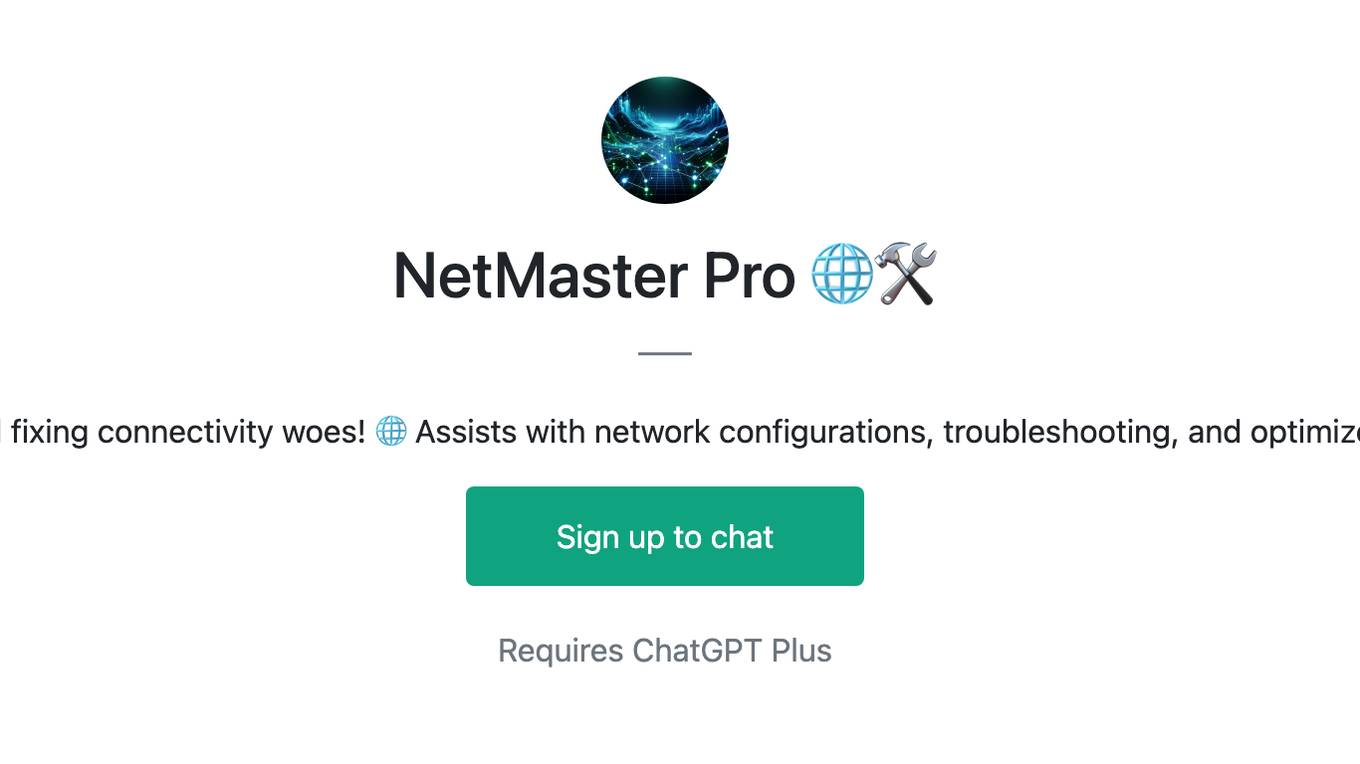
NetMaster Pro 🌐🛠️
Your AI network guru for setup and fixing connectivity woes! 🌐 Assists with network configurations, troubleshooting, and optimizes your internet experience. 💻✨
